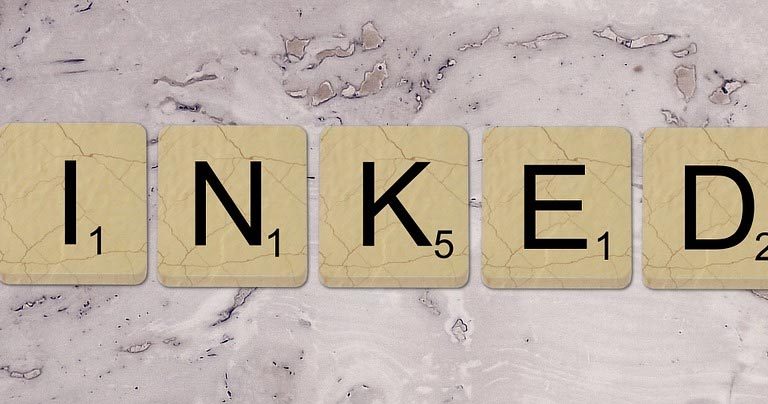Dreaming about being an entrepreneur is fun until you actually try to build your own business. You might wonder: “Where do I even start?”
Setting up your business takes time, but you don’t have to be overwhelmed by the process. Here’s a business startup checklist to help you get on your way to building a successful business.
1. Choose a name.
Make a list of possible names for your business. Do some online research to see if any of these names are already being used by another business or person. Usually, the Office of the Secretary of State keeps track of businesses registered in that state. (This website offers links to Secretary of State offices in all 50 states. You may have to hunt round once you get on the website for your state, and we cannot guarantee that the list is completely up-to-date and accurate, but this is a good place to start in your search for a business’ name.)
You can also get feedback from your family and friends to help you pick your business’ name.
2. Pick a business type.
You don’t have to incorporate but there are certainly advantages to doing so. This article from the Small Business Trends website offers seven reasons to incorporate your business.
If you decide it’s worth the trouble, for the average young entrepreneur it makes the most sense to start a business as a partnership, sole proprietorship or limited liability company. Here’s a useful guide to the different forms of incorporation.
Ask someone you know who has business experience (such as a family member who is also an entrepreneur) to help you decide which business type is right for you.
3. Create a business plan.
Your business plan can start as a simple guide describing how your business will operate during the first few months. You can then add longer timeframes as you build your business. A great business plan also includes a company’s purpose, vision, and marketing strategies.
Need help? Rising Innovator offers a Business Plan Generator.
4. Consider getting a Federal Employer Identification Number (FEIN).
If you decide to set your business up as an LLC, a partnership, or a sole proprietorship with employees, apply for a Federal Employer Identification Number (FEIN) from the Internal Revenue Service (IRS). Also, you will need an FEIN to open a bank account or process payroll.
5. Open a business bank account.
Pick a bank to open a business bank account. Contact this bank before opening an account to learn what is needed to start a business bank account.
6. Get licenses and/or permits.
Many cities or counties require entrepreneurs to have a business license, even if an entrepreneur operates a home-based business. This license allows a company the authority to do business in that city or county.
Check with your city government’s website and your county government’s website to learn how to apply for a business license.
Certain businesses also need other types of local, state, and/or federal licenses and/or permits. Your local government can also provide information about the types of licenses and permits required for your specific business.
7. Consider if your business will have employees (if applicable).
You might want to hire yourself (and maybe other people) as a full or part-time employee of your business, depending on your type of business. If you hire any employees then you may have to register with the appropriate state agencies, or get workers compensation insurance, or get unemployment insurance (or both).
8. Create an accounting and record-keeping system.
It’s important to keep business documents for three years. This includes financial statements, annual reports, and tax filings.
9. Consider getting business insurance.
Every business has its own unique set of risks. Business insurance includes a broad range of policy choices to protect businesses from financial loss. This can cover everything from general liability insurance to more specific coverage such as product liability insurance.
10. Get organized.
Set up methods that make it as easy as possible to run your business. Look for efficient ways to process orders, pay bills, pay taxes, etc.
11. Create a business identity.
Create a logo for your business. Or have a designer or artist create a logo for you. Order promotional materials for your business.
12. Promote your business.
Get the word out about your new business. Develop a marketing plan for your products and services that targets your ideal customer.
Final Thoughts about a Business Startup Checklist
You now have specific steps for your business startup checklist.
Remember to:
- Choose a name and type of business.
- Create a business plan.
- Consider getting a Federal Employer Identification Number (FEIN).
- Open a business bank account.
- Get appropriate business license(s) and/or permit(s).
- Consider hiring employees (if applicable).
- Create an accounting and record-keeping system.
- Consider getting business insurance.
- Get organized.
- Create your business’ identity.
- Promote your business.
You don’t need to know everything before starting a business. You just need to have some knowledge and resources to make sure your business is off to a successful start.
Photo by Start Digital on Unsplash








